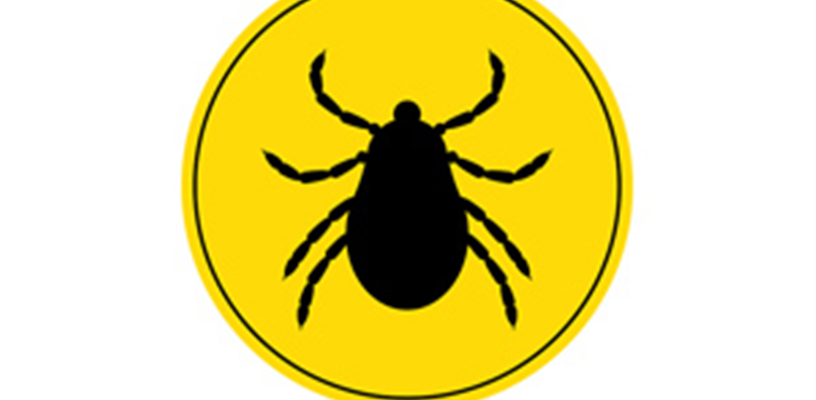
- By Yalonda Galloway
- Posted Tuesday, July 19, 2016
Preventing Tick Bites
Did you know that in North Carolina we have 5 different ticks that can cause infections in humans? Parts of our beautiful state are relatively tick free, while in some areas you can get hundreds of ticks on you! Some of the more common ticks found in Forsyth County are the American Dog, the Brown Dog, Lone Star and the Black Legged Ticks. Most of the ticks in Forsyth County are active from March through October however, the Black Legged tick are active year round.
There are many different infections you can get from ticks around North Carolina, these include: Lyme disease, the Spotted Fever Group, Ehrlichiosis, Tularemia, Tick Paralysis, STARI (Southern Tick Associated Rash Illness) and even a reaction to eating red meat!
Some of these illnesses, if not treated early can lead to severe symptoms such as: arthritis, neurological damage, heart problems, and even including death. When these tick borne diseases are diagnosed and treated early, the symptoms are lessened and alleviated for the future.
This is a lot of information, but the good news is that with a little awareness and prevention you can still enjoy the wonderful and beautiful county we live in. Here are a few tips regarding tick awareness:
- Ticks can come in all different sizes! From tiny specks that looks the same size as the periods in this article all the way up to the size of a number 2 pencil eraser.
- Be aware of your surroundings. Try not to walk in tall grassy areas, stick to the middle of the trails.
- If you have ticks on your own property, make sure you keep the grass and weeds cut back!
- If you are going in an area that you know has a tick problem, always wear long pants. You can even tuck your pant legs into the top of your socks. This helps keep the ticks away from your skin.
- Spray your boots and pants with a repellant that has been approved by the CDC and proven to keep ticks away.
- Always remember to shower and thoroughly check yourself for ticks on a daily basis. You can also have friends or companions help you check for ticks.
If you do find a tick that has attached to your body, it’s important to follow some basic tips for safe and proper tick removal:
- The first rule of thumb is to try to always use sharp tweezers.
- Once you have the tweezers and have tick under some good light, try to gently pull the tick straight up from the bite sight. It’s also important to try to avoid squeezing the tick while you are pulling it out from your skin.
- Once you have removed the tick, wash your hands and then clean up the area with alcohol (don’t forget to clean your tweezers with alcohol as well!).
- Save the tick and write down the date you were bitten. You can put the tick on a piece of tape or freeze it in a zip lock bag in the event it needs to be identified at a later date.
If you become ill within thirty days of your tick bite, or develop a rash, see your physician for treatment.
For more information or if you have questions about ticks, contact the Environmental Health Division at 336-703-3225.




